Read on or listen to this post:
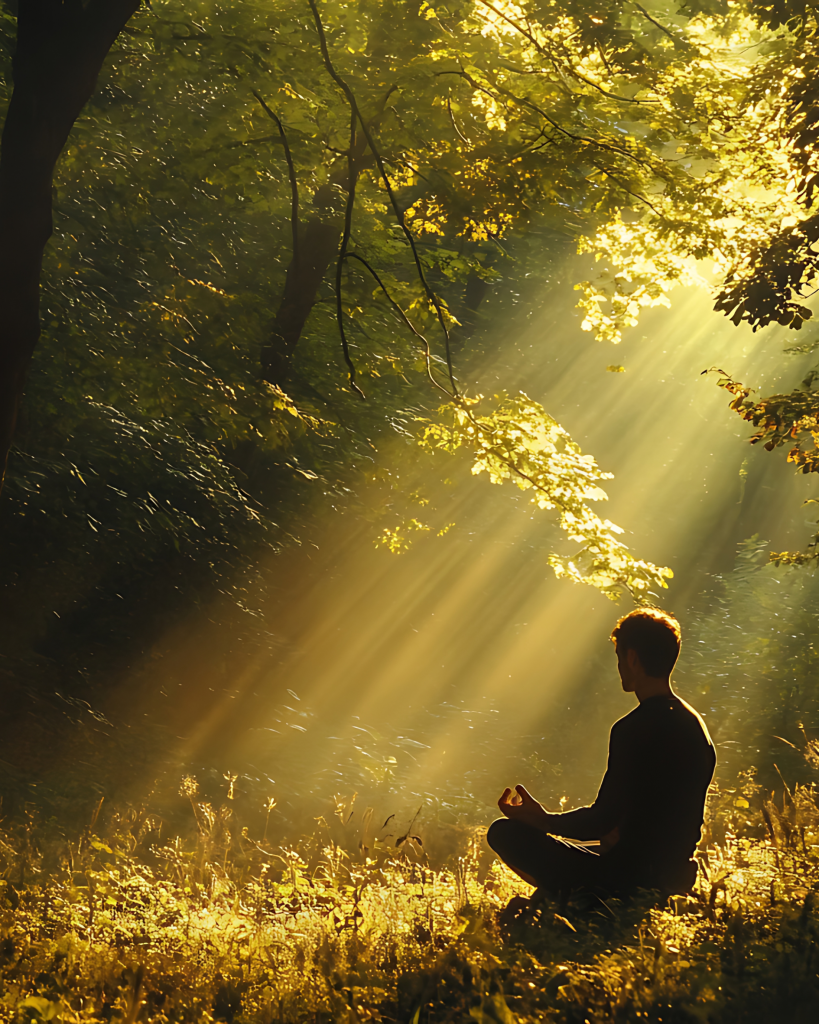
“The cave you fear to enter holds the treasure you seek.” – Joseph Campbell
We’ve explored how discomfort in a physical sense can lead to increased wellbeing – both mental and physical – and how movement is medicine. But life is all about balance, and we also need to sit with the discomfort of being still, with silence, our own thoughts, feelings, and emotions. For those I work with who have challenges to movement, this requires a different approach entirely – one that reveals meditation as perhaps the most demanding practice of all.
Picture this: you’ve finally carved out twenty minutes for meditation. You settle into your chosen spot, close your eyes, and within about thirty seconds your brain decides this is the perfect moment to remember that thing you forgot to do three weeks ago, plan your entire next holiday, mentally redecorate your living room, and compose an email to someone you haven’t spoken to in years. Then comes the fidgeting. Suddenly your nose itches. Your back aches. That tiny sound from next door becomes the most distracting thing that’s ever happened in human history.
And that’s just the warm-up.
If you persist past the initial comedy of errors – congratulations, you’ve just discovered why meditation might be the most challenging form of discomfort practice available to us. We can train our bodies to handle cold water, teach our muscles to endure physical challenge, push our cardiovascular systems to new limits. But sitting still with our own minds? That’s where things get interesting in ways you never signed up for.
There’s a particular moment when everything in you wants to bolt. Not because you’re uncomfortable physically – though you might be discovering muscles you didn’t know existed – but because you’ve stumbled into territory your mind has spent considerable energy keeping you away from. Maybe it’s the sudden realisation that you’ve been quietly furious at your partner for something that’s actually about your own deep-seated fear of abandonment. Perhaps it’s recognising that pattern of self-sabotage you’ve been blaming on bad luck, difficult people, or Mercury being in retrograde. Introspection is hard. Being honest with yourself is tough.
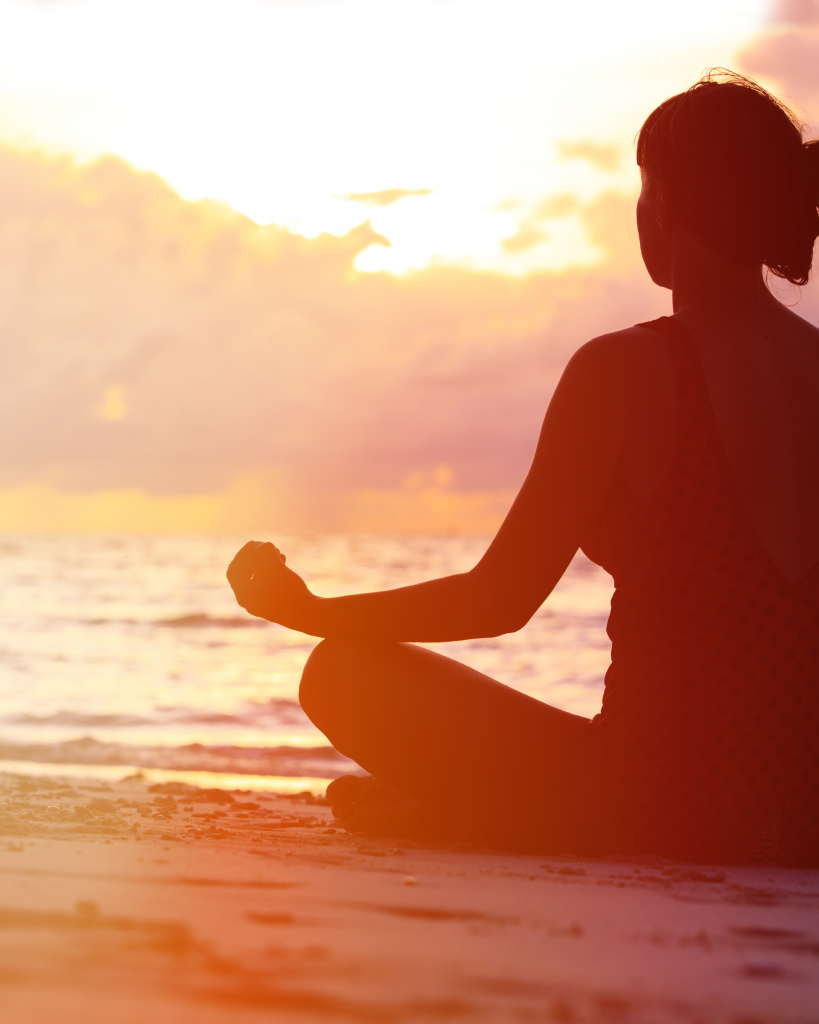
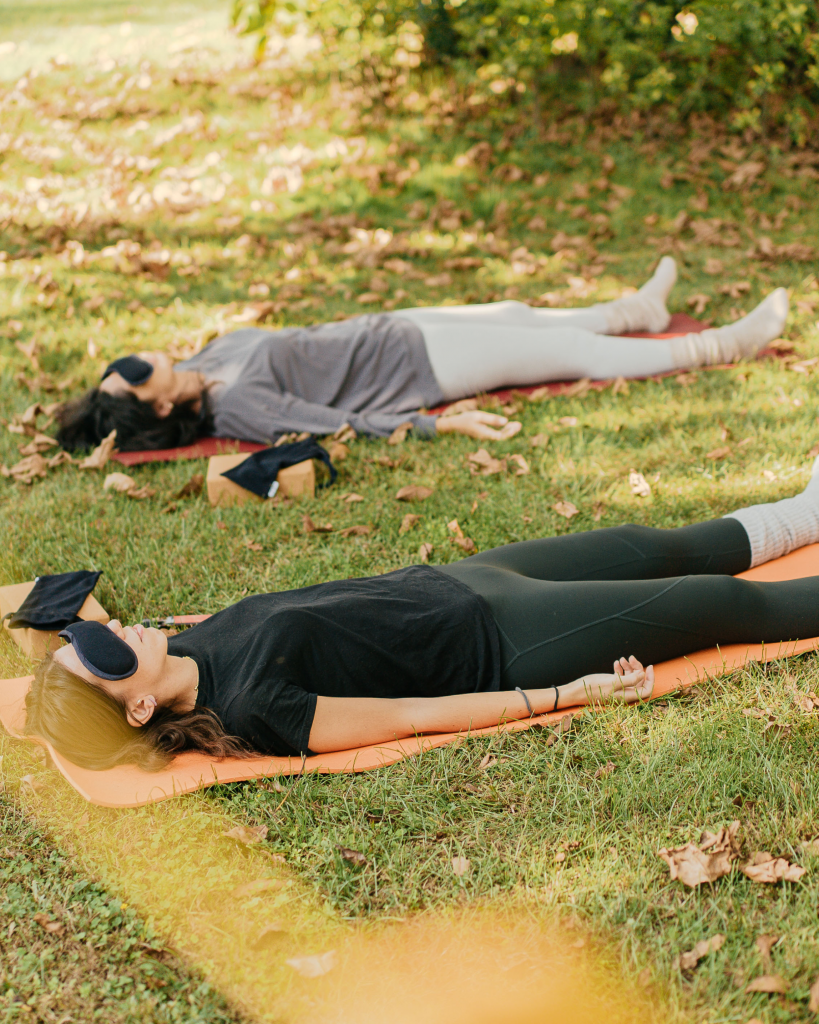
The Paradox of Stillness
We live in a culture that has made an art form of external focus. Our attention constantly directed outward – to our phones, our achievements, our problems, other people’s opinions, the endless stream of tasks and distractions that keep us safely removed from the interior landscape. We’ve become masters at what psychologists call “experiential avoidance” – the unconscious but persistent effort to escape internal experiences we find uncomfortable.
Yet research consistently shows that this avoidance creates more suffering than the experiences we’re trying to escape. The anxiety we suppress returns stronger. The grief we postpone compounds with interest. The anger we redirect outward poisons our relationships and turns inward as depression.
Meditation asks us to do something radical: stop running. Sit down. Be still. And notice what’s actually here when we’re not frantically trying to be somewhere else.
For many people, this proves more difficult than any physical challenge they’ve ever attempted.
The Democracy of Discomfort
This is particularly relevant for those whose bodies limit physical expression or movement. Chronic illness, disability, pain, mobility restrictions – these don’t exempt anyone from the possibility of profound inner work. In fact, they often become gateways to understanding that our deepest strength isn’t physical at all.
I work with clients whose bodies have taught them things about resilience that no amount of athletic achievement could provide. They’ve learned to find peace within limitation, joy despite pain, acceptance alongside struggle. Their meditation practice isn’t a consolation prize for being unable to climb mountains – it’s often the most advanced mental athletics imaginable.
When someone who lives with chronic pain learns to sit with their experience without resistance, to breathe into discomfort without automatically fighting it, they’re developing a capacity for presence that many physically able people spend lifetimes trying to cultivate.
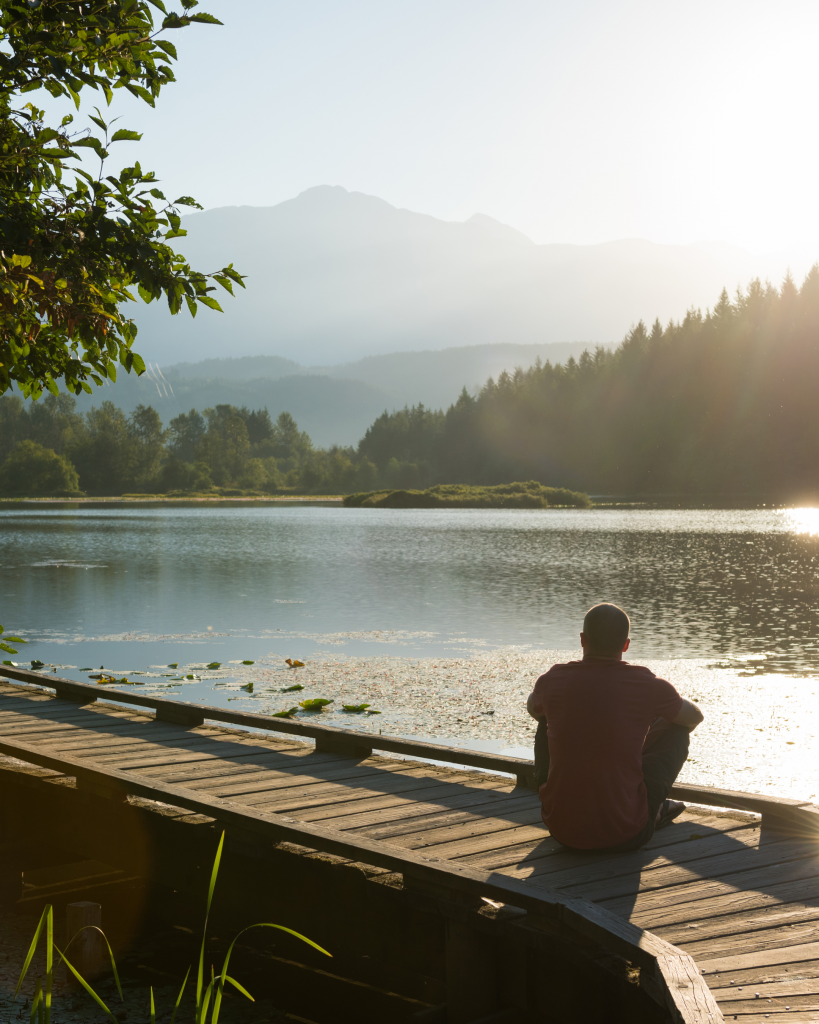
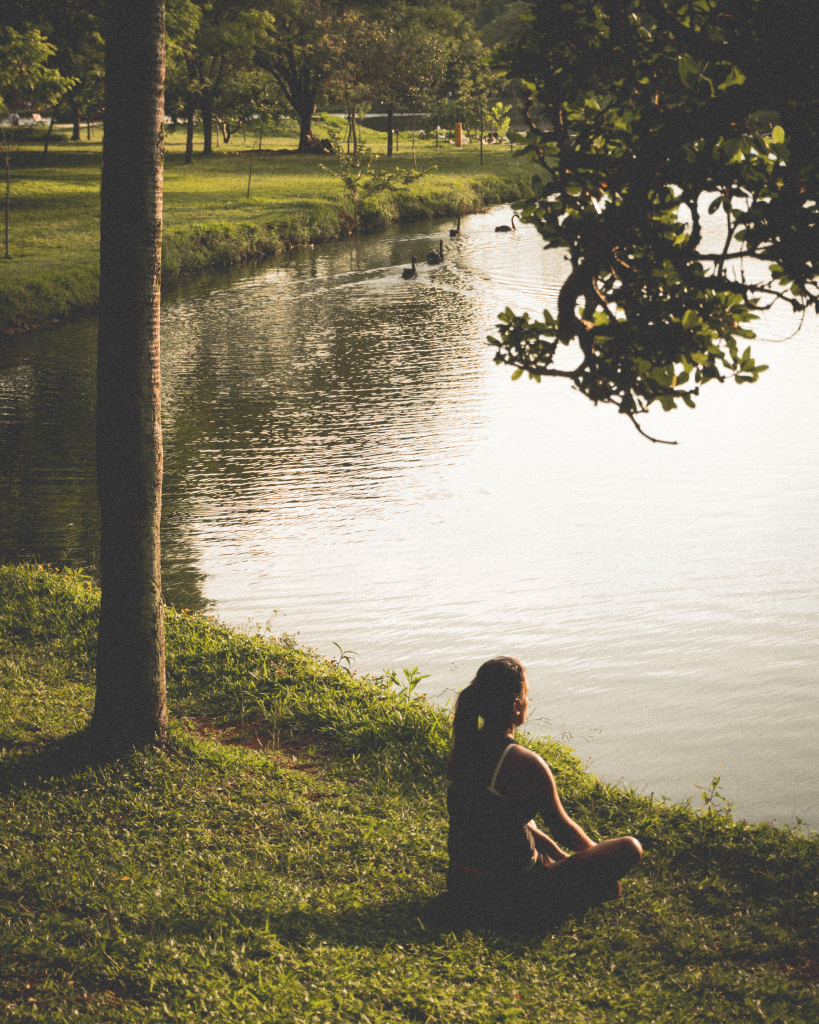
The Archaeology of Self
Meditation is essentially archaeology of the self. Layer by layer, breath by breath, we excavate the accumulated sediment of conditioning, assumption, and avoidance that’s buried our authentic experience. This process rarely feels pleasant in the moment.
You might discover that the person you thought you were is largely a construction designed to avoid feeling vulnerable. You might recognise that behaviours you’ve justified as necessary are actually patterns of control born from old fears. You might realise that the story you’ve been telling yourself about why you’re unhappy is protecting you from acknowledging your own responsibility for change.
These realisations arrive not as intellectual insights but as felt experiences that can shake you to your core. The mind that has spent years blaming external circumstances for internal states suddenly recognises its own agency – and responsibility. The identity built around being a victim of circumstances confronts its own power to respond differently.
The Resistance Patterns
The mind has sophisticated strategies for avoiding this kind of direct experience. Physical restlessness is often the first line of defence – suddenly you urgently need to check your phone, adjust your position, remember something important you forgot to do. When you learn to breathe through this surface agitation, deeper forms of resistance emerge.
Mental busyness becomes more elaborate. The mind generates fascinating stories, important plans, compelling problems to solve – anything to draw attention away from the simple, immediate reality of sitting and breathing. You might find yourself having imaginary arguments with people, rehearsing conversations, planning projects, reviewing memories – the mind’s infinite capacity for distraction revealing itself in all its desperate creativity.
When even these strategies fail, emotion arrives. Sometimes it’s sadness that seems to come from nowhere, grief for losses you thought you’d processed, anger at situations you believed you’d accepted. Other times it’s anxiety, fear without obvious object, a sense of existential vulnerability that makes you want to wrap yourself in familiar activities and identities.
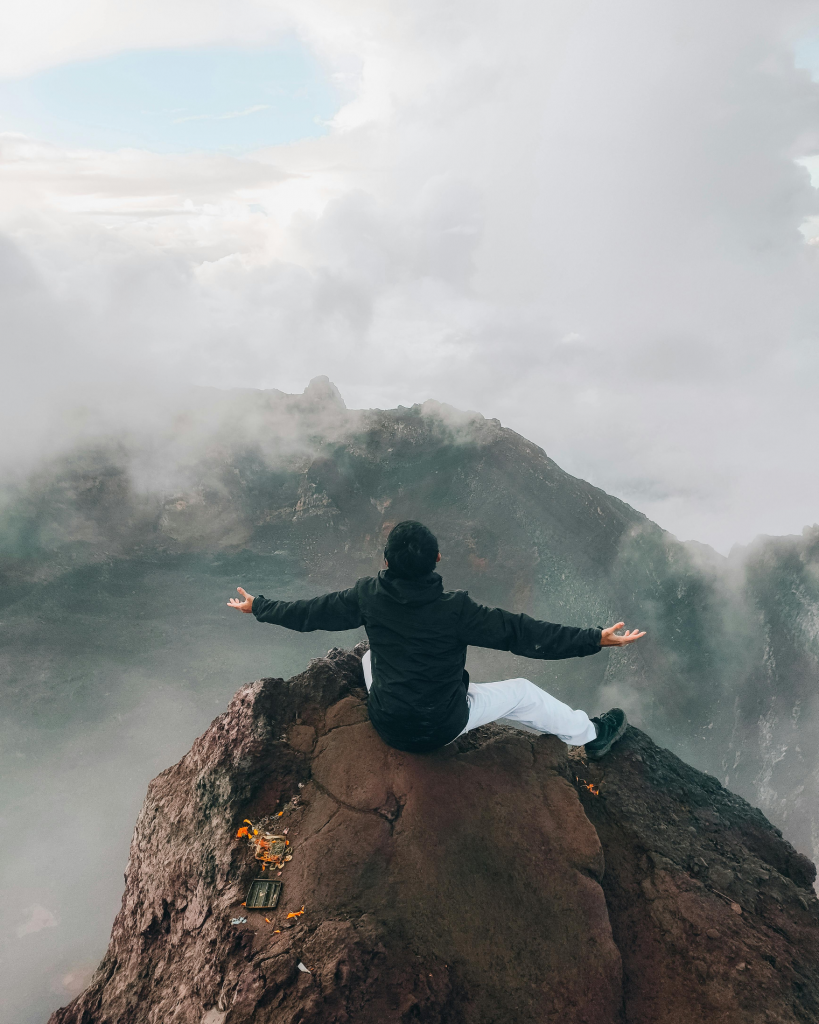
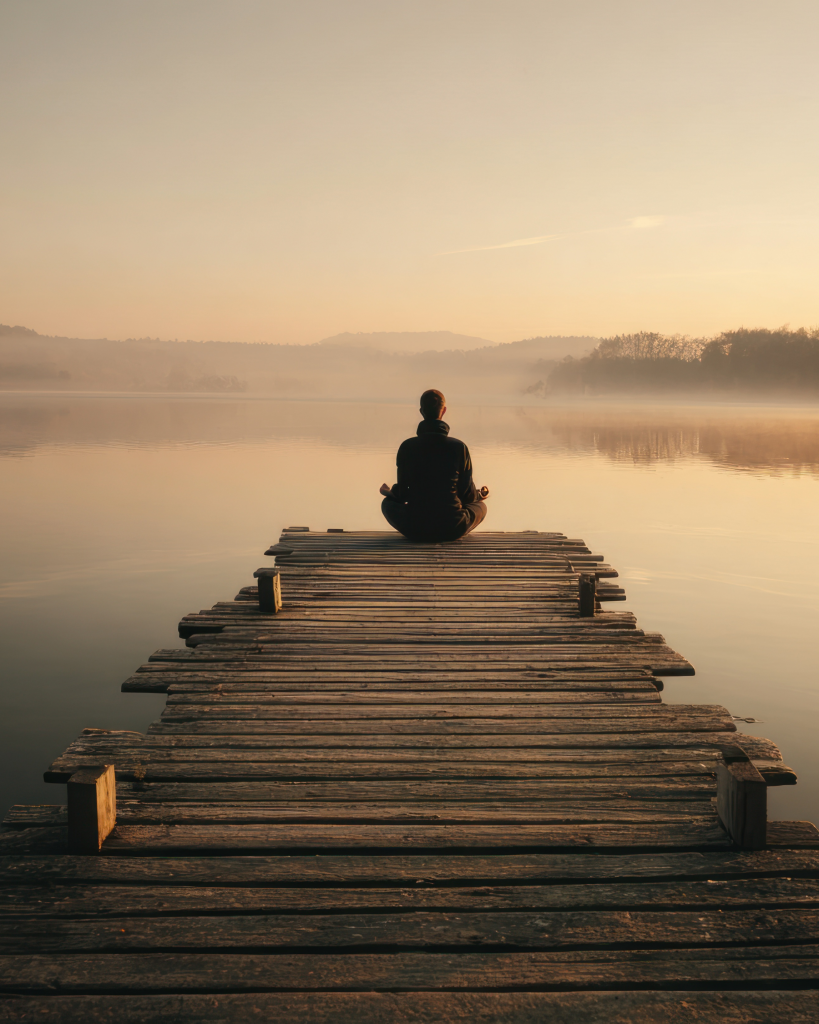
The Truth Beyond Comfort
What meditation gradually reveals is that much of what we call happiness is actually just the temporary absence of discomfort. We’ve confused pleasure with peace, excitement with joy, distraction with contentment. The happiness we pursue through external means – achievements, relationships, possessions, experiences – provides relief rather than resolution.
True contentment, meditation suggests, exists independently of circumstances. It’s not the happiness of getting what you want, but the peace of no longer being driven by wanting itself. This isn’t resignation or spiritual bypassing – it’s the profound relief of discovering that your wellbeing doesn’t depend on controlling variables beyond your control.
But reaching this understanding requires moving through everything you’ve been using those variables to avoid feeling. The loneliness behind the busy social schedule. The fear of inadequacy behind the achievements. The shame behind the perfectionism. The grief behind the anger.
The Physiology of Presence
Research reveals that meditation creates measurable changes in brain structure and function. Regular practice thickens the prefrontal cortex – responsible for executive function and emotional regulation – while shrinking the amygdala’s reactivity to stress. The default mode network, associated with rumination and self-referential thinking, becomes less active.
But these neurological changes reflect deeper shifts in how we relate to experience itself. Instead of being identified with every thought and emotion that arises, we develop what psychologists call “metacognitive awareness” – the ability to observe our mental and emotional processes without being overwhelmed by them.
This creates space around difficult experiences. Pain remains pain, but it’s no longer “my pain” in the same consuming way. Anxiety continues to arise, but it becomes weather passing through awareness rather than a crisis requiring immediate action. Anger appears, is acknowledged, and dissolves without the elaborate story-making that usually accompanies it.
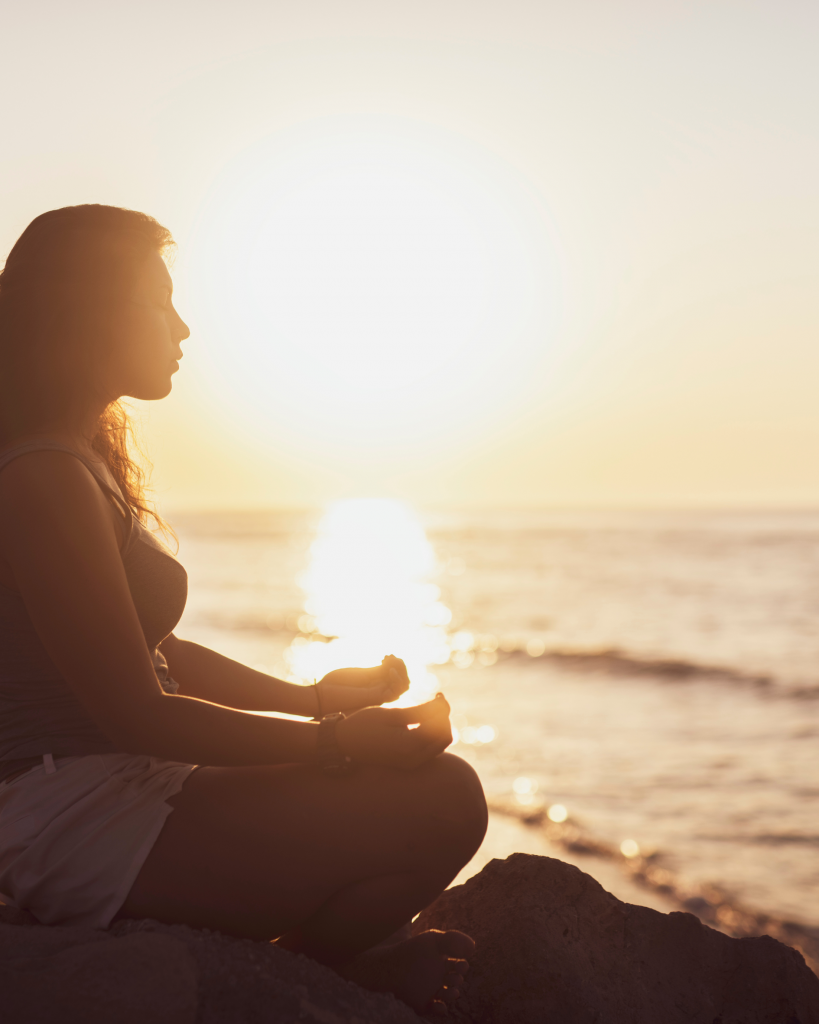
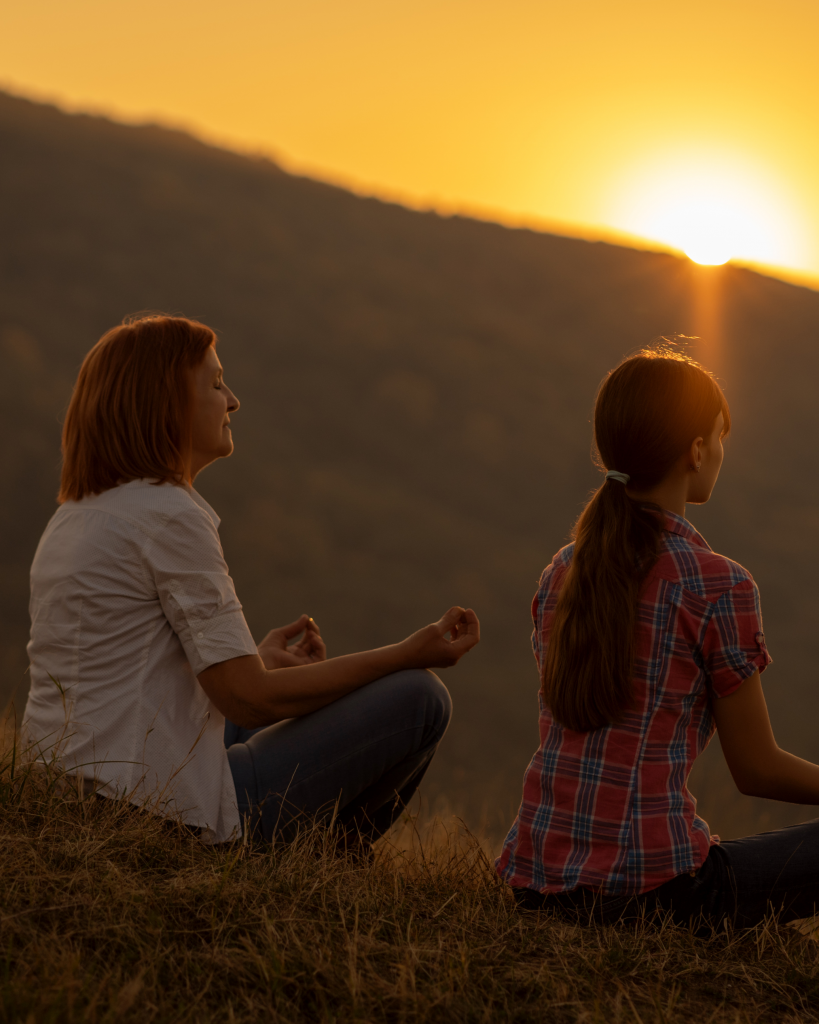
The Practice of Honest Sitting
The meditation I guide isn’t about achieving particular states or having mystical experiences. It’s about developing the capacity to be present with whatever is actually happening, including the parts of your experience you’d rather edit out.
This means learning to sit with boredom without immediately reaching for stimulation. Staying present with sadness without rushing to fix or analyse it. Observing anxiety without automatically believing its predictions. Noticing the impulse to escape or control and choosing, again and again, to remain present instead.
For some people, this happens in traditional seated meditation. For others, it emerges through walking meditation, lying down practices, or even meditative approaches to daily activities. The posture matters less than the quality of attention – kind, curious, willing to include rather than exclude difficult experiences.
The Shadow and the Light
Perhaps the most challenging aspect of meditation is what Carl Jung called “shadow work” – encountering the parts of ourselves we’ve disowned or denied. In the stillness, without our usual defences, we meet the jealousy we’ve been calling “concern for fairness,” the control disguised as “caring,” the fear masquerading as “being responsible.”
These discoveries can be deeply unsettling. The person who prides themselves on being patient might encounter oceans of suppressed rage. The individual who sees themselves as generous might recognise their subtle manipulations and unspoken expectations. The one who believes they’re past caring about others’ opinions might discover how much of their behaviour is still unconsciously performed for an invisible audience.
Yet this process of honest self-encounter, uncomfortable as it is, proves profoundly liberating. When you stop using energy to maintain false images of yourself, that energy becomes available for genuine expression and connection. When you acknowledge your actual motivations, you can make conscious choices rather than being driven by unconscious patterns.
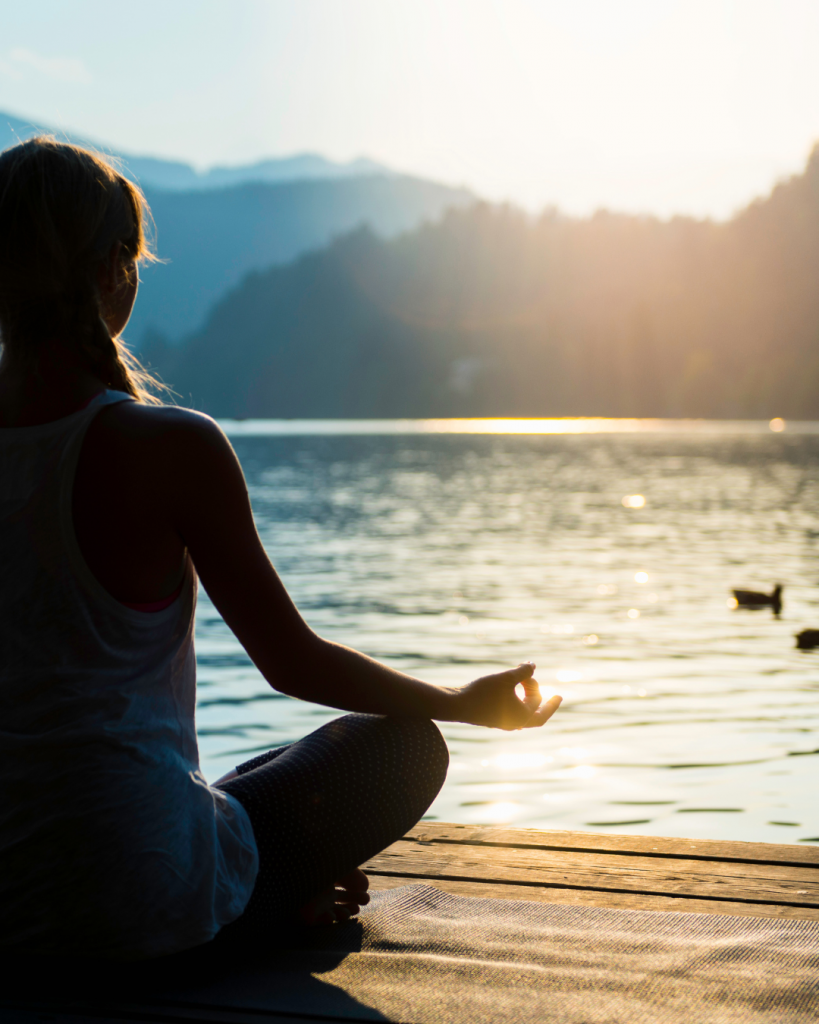
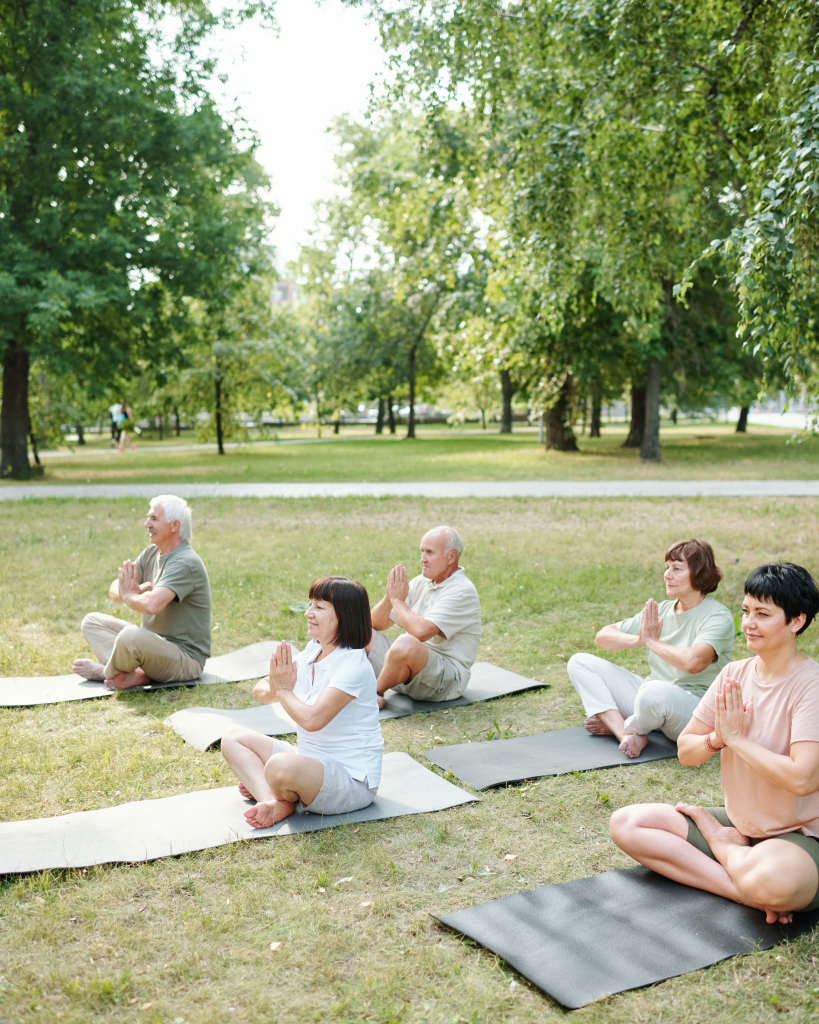
Integration and Embodiment
The insights that arise in meditation only become transformative when they’re integrated into daily life. This is where the real work begins – taking the awareness cultivated in stillness and applying it to the messiness of relationships, work, and ordinary challenges.
It means catching yourself in the act of projecting your discomfort onto others and taking responsibility for your internal state. It involves recognising when you’re trying to control outcomes beyond your influence and redirecting that energy toward what you can actually affect. It requires learning to respond rather than react, to pause before speaking from hurt or fear, to choose connection over being right.
This integration process can be more challenging than the meditation itself. It’s one thing to recognise a pattern in the safety of your practice; it’s another to change that pattern when you’re triggered in real-time. But meditation provides the foundation – the space of awareness from which conscious choice becomes possible.
The Gift of Inner Honesty
The meditation path isn’t about becoming a better person in some moral sense. It’s about becoming a more honest one. When you stop expending energy maintaining illusions about yourself, you discover reserves of authenticity, compassion, and strength you didn’t know you possessed.
You also develop genuine empathy for others’ struggles because you’ve met your own with honesty and kindness. The judgments you once projected onto others dissolve when you’ve acknowledged the same tendencies within yourself. The criticism that once felt like helpful feedback reveals itself as your own unacknowledged self-rejection being cast outward.
This process requires tremendous courage because it dismantles the very strategies your psyche developed to feel safe in an uncertain world. But what emerges from this dissolution is something infinitely more reliable than the fortress of false certainties you’ve been defending – the unshakeable ground of presence itself.
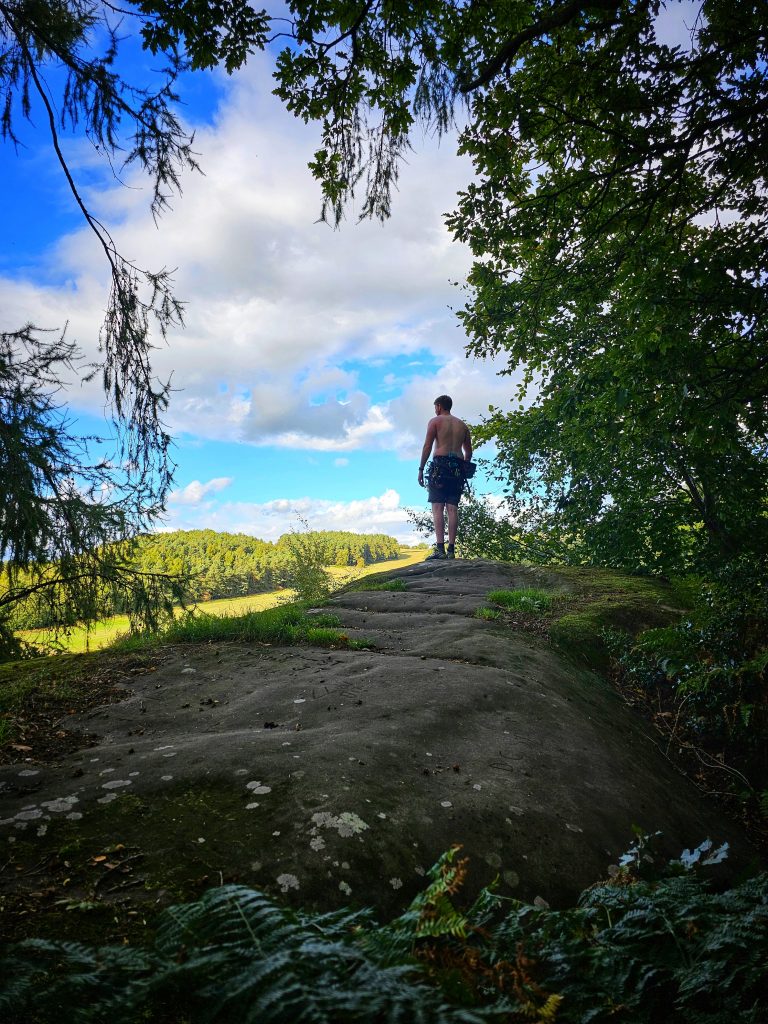
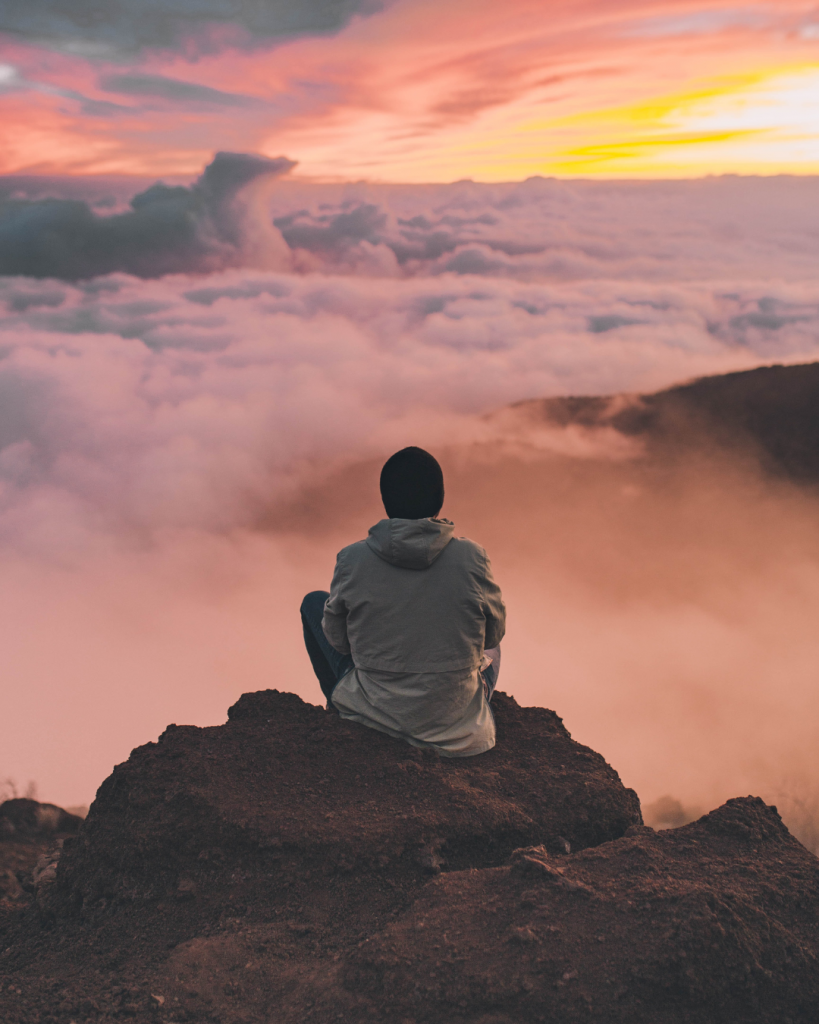
The Ultimate Practice
Meditation might be the most democratic form of discomfort practice available. It requires no special equipment, no particular physical ability, no specific belief system. Just the willingness to sit still long enough to meet yourself without the usual filters and defences.
Yet it’s also the most demanding practice imaginable because it asks you to confront the one thing you can never escape: your own mind. You can’t out-perform your thoughts, out-achieve your emotions, or out-experience your conditioning. You can only meet them with the quality of presence that transforms everything it touches.
The discomfort of meditation isn’t a side effect to be overcome – it’s the medicine itself. Each moment of choosing to stay present rather than escape, to include rather than exclude, to soften rather than harden, builds the capacity for genuine freedom. Not freedom from life’s challenges, but freedom within them.
In a world that profits from keeping us externally focused and perpetually dissatisfied, meditation is a radical act of returning home to ourselves. It’s the ultimate discomfort practice because it reveals that everything we’ve been seeking outside ourselves has been available within us all along – we’ve simply been too afraid to sit still long enough to notice.
Curious about exploring meditation as a practice? Whether you’re drawn to traditional sitting meditation, walking practices, or mindful approaches to daily activities, the key is finding what allows you to develop a kind, honest relationship with your own experience. Why not get in touch and see how we can work together with this approach?
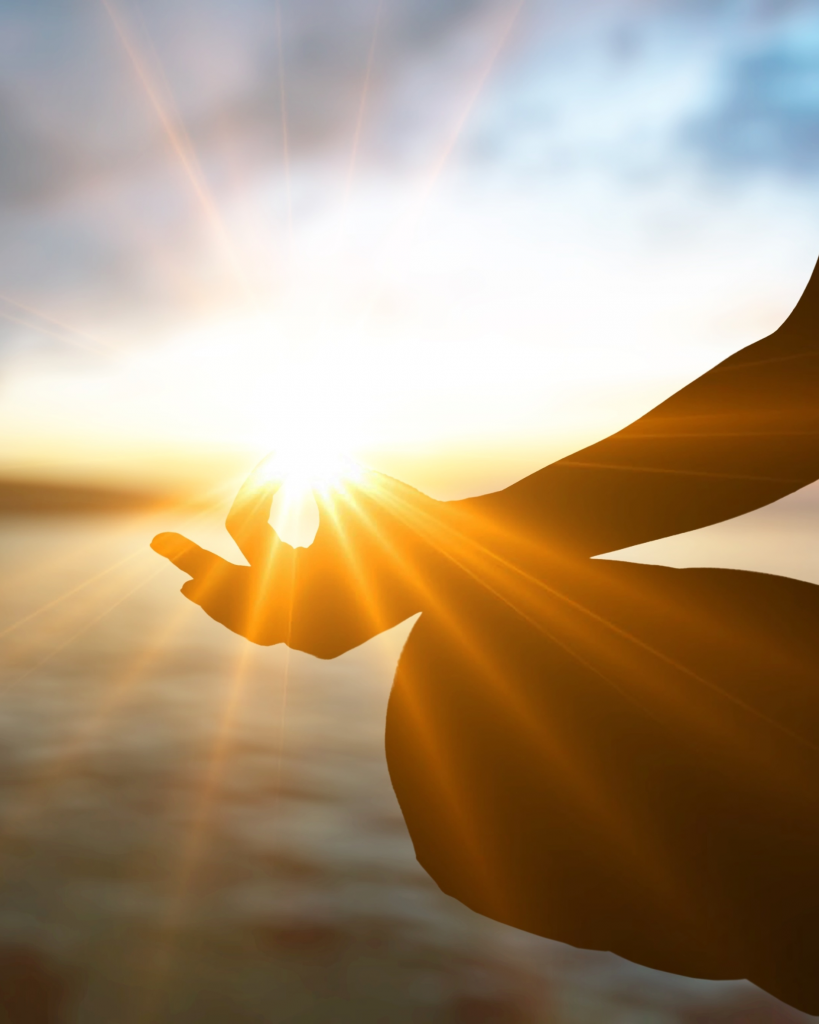
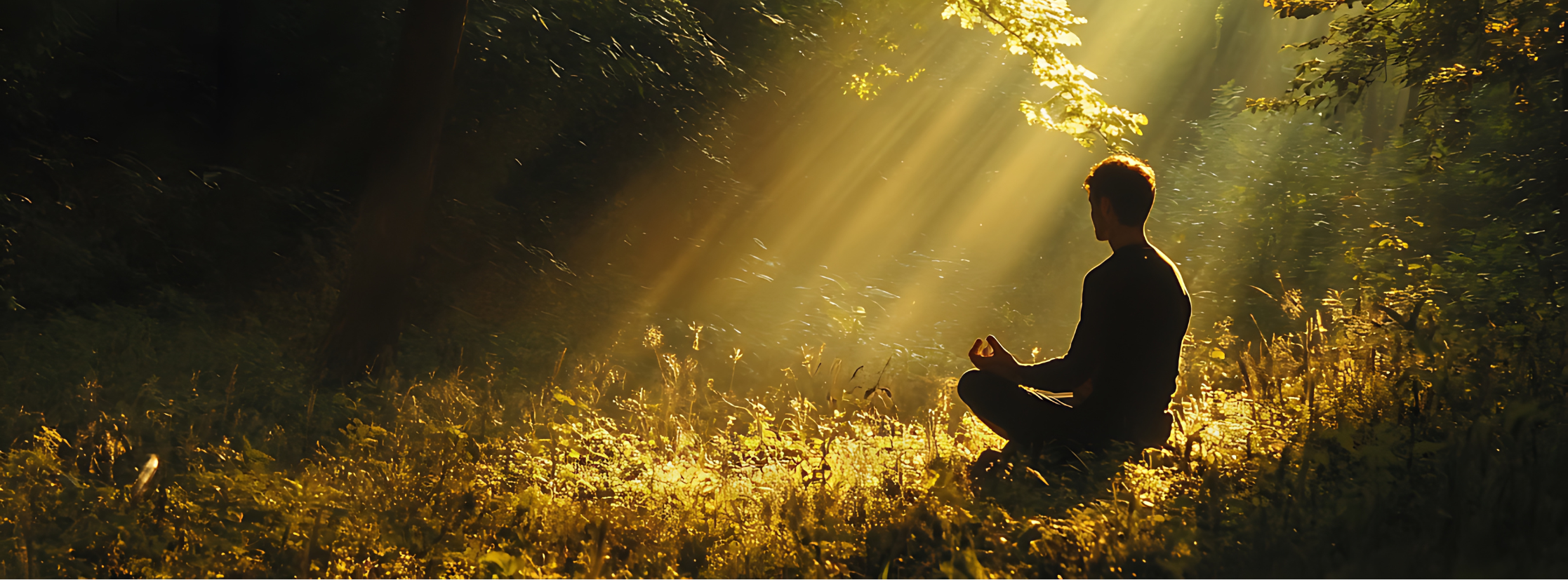
No responses yet